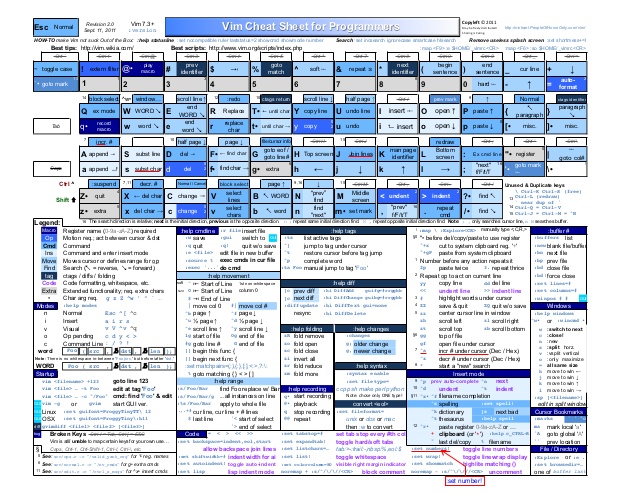
Where the latest version of 12 is the version you want to be used by default. In order to set a default version of Node for your workspace, just type: nvm alias default 12 If you have multiple versions of Node.js installed on your workspace, you can switch to a specific version by writing: nvm use 10.19.0 Make a Node version default
#CHEAT SHEET MAC TERMINAL COMMANDS INSTALL#
Once you have nvm installed, if you want to install the latest version of Node v12 just run: nvm install 12 Read more about it on the project's GitHub page. Nvm makes it easy to switch between different versions of Node.js. Npm-windows-upgrade Installed version npm list # for local packages Node Version Manager nvm
#CHEAT SHEET MAC TERMINAL COMMANDS UPDATE#
To update global packages individually you can use: npm update -g list available scripts to run npm run Update npm npm install -g using windows? Then use To see which packages need updating, use: npm outdated -g -depth=0

List globally installed packages npm list -g -depth=0 Uninstall global package npm -g uninstall Upgrade npm on Windows npm-windows-upgrade Update global packages S is the same as -save, and -D is the same as -save-dev. Changing Command Line Window Color: Right-click on the title bar -> Properties -> click on Colors -> choose the colors -> Click OK. Install package.json dependencies npm install Shorthand # install Our Windows command prompt cheat sheet lists plenty of commands, but we’ll list a few more below for your reference: Encrypting Files: Cipher /E. Here's a list of the most common commands you'll use when working with npm. Npm or the Node Package Manager, is one of the most used tools for any Node.js developer.


 0 kommentar(er)
0 kommentar(er)
